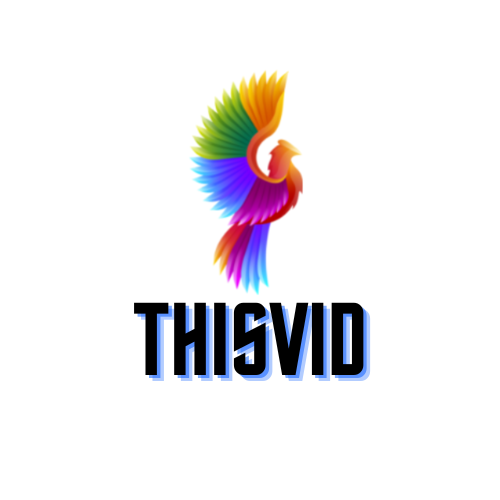Introduction
Stickers have transcended their origins as simple adhesive labels and have emerged as a dynamic form of artistic expression. In today’s digital era, creating your own stickers has become incredibly accessible. Whether you’re an aspiring artist, a small business proprietor, or simply someone seeking to personalize your belongings, crafting stickers can be a gratifying and enjoyable pursuit.
A Glimpse into Sticker History
Stickers boast a storied history, tracing back to the early 18th century when they first made their appearance as adhesive labels. Their popularity surged in the 20th century, thanks to the advent of commercial printing, establishing them as versatile tools for a multitude of applications, from promotional endeavors to political campaigns. Recent years have witnessed a democratization of sticker production, owing to the proliferation of online platforms and the ready availability of printing technology, enabling individuals and small businesses alike to fashion custom stickers with remarkable ease.
Essential Materials and Tools
Prior to embarking on the sticker-making journey, assembling the requisite materials and tools is paramount. The following is a catalog of indispensable supplies that you’ll need:
Sticker Paper:
Glossy, matte, or vinyl sticker paper, depending on your preference and intended use.
Adhesives:
A high-quality adhesive to ensure your stickers stick well and last long.
Cutting Tools:
Scissors, a precision craft knife, or a cutting machine for accurate and clean cuts.
Drawing Materials (For Hand-Drawn Stickers)Pencils, pens, markers, or any preferred drawing instruments Sketchbook or drawing paper.
Computer and Graphic Design Software (For Digital Design):A computer or laptop with graphic design software installed.Printer (For Print-and-Cut Stickers):A high-quality printer capable of producing vibrant colors.Optional Tools:Varnish, laminate, or clear sealant for added protection.
UV-resistant spray for outdoor stickers.Traditional Sticker-Making TechniquesHand-Drawn Stickers Choosing Suitable Drawing Materials:Hand-drawn stickers offer a unique and personalized touch to your creations. To get started, gather your preferred drawing materials.
Transferring Designs onto Sticker Paper:
Once you’ve created your design on a sketchbook or drawing paper, it’s time to transfer it onto sticker paper. You can do this by carefully tracing over your design onto the sticker paper or using transfer paper to achieve a clean and precise result.
Inking and Coloring Techniques:
It depends on your style, you can use various inking and coloring techniques to bring your design to life. Experiment with shading, gradients, and different coloring tools to achieve the desired effect.
Print-and-Cut Stickers
Designing Stickers on a Computer:
If you’re more inclined towards digital design, creating stickers on a computer provides endless possibilities. Utilize graphic design software like Adobe Illustrator, Inkscape, or any program you’re comfortable with to design your stickers.
Printing on Sticker Paper:
First your design is ready, print it on high-quality sticker paper. Ensure that your printer settings are calibrated for the best print quality. Consider using a high-resolution setting to capture all the details of your design.
Precision Cutting Methods:
After printing, it’s time to cut out your stickers. You can use scissors for a simple, hand-cut look, or invest in a cutting machine for precise and intricate shapes.
Digital Sticker Design
Introduction to Graphic Design Software:
If you are beginners on digital design, getting acquainted with graphic design software is essential. Adobe Illustrator is a popular choice for its versatility and powerful design tools. Ink scape is a free and open-source alternative that’s equally capable.
Creating Vector-Based Designs for Scalability:
Vector graphics allow for infinite scalability without loss of quality. This makes them perfect for designing stickers, as they can be resized to fit various surfaces without any loss of clarity or sharpness.
Tips for Color Selection and Composition:
Choosing the right color palette and composition is crucial in sticker design. Consider the emotions and messages you want to convey through your stickers. Experiment with different color combinations and layouts to find what resonates best with your intended audience.
Software Recommendations
Adobe Illustrator:
Adobe Illustrator stands as a professional-grade vector graphics editor widely acclaimed in the design industry.Adobe Illustrator offers a wide range of tools that empower users to create intricate and easily scalable designs, establishing it as an indispensable resource for both professionals and enthusiasts.
Tutorials for Basic Sticker Design:
Both Adobe Illustrator and Inkscape offer a wealth of online tutorials. These resources serve as invaluable guides to help users master the basics of sticker design, ensuring they can create captivating and personalized stickers with confidence.
Conclusion:
In the contemporary digital landscape, stickers have transformed into a highly popular mode of self-expression, ornamentation, and marketing. Whether you’re a business owner aiming to create a distinctive label, an individual eager to personalize your belongings, or simply someone relishing the creative process, delving into sticker-making can be a thoroughly enjoyable and rewarding endeavor. This all-encompassing guide is meticulously designed to navigate you through a varied array of sticker-making techniques, embracing both conventional paper-based methods and cutting-edge digital design approaches.
